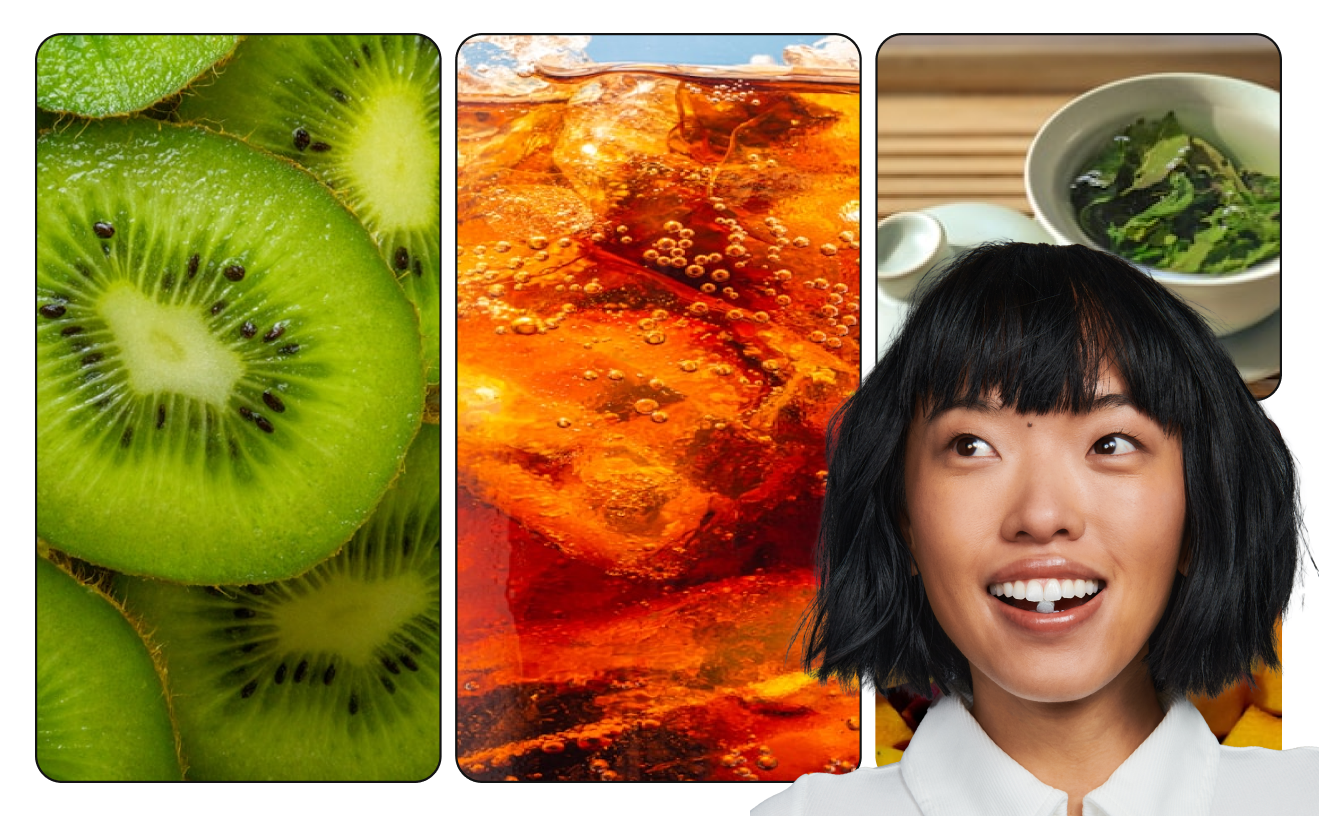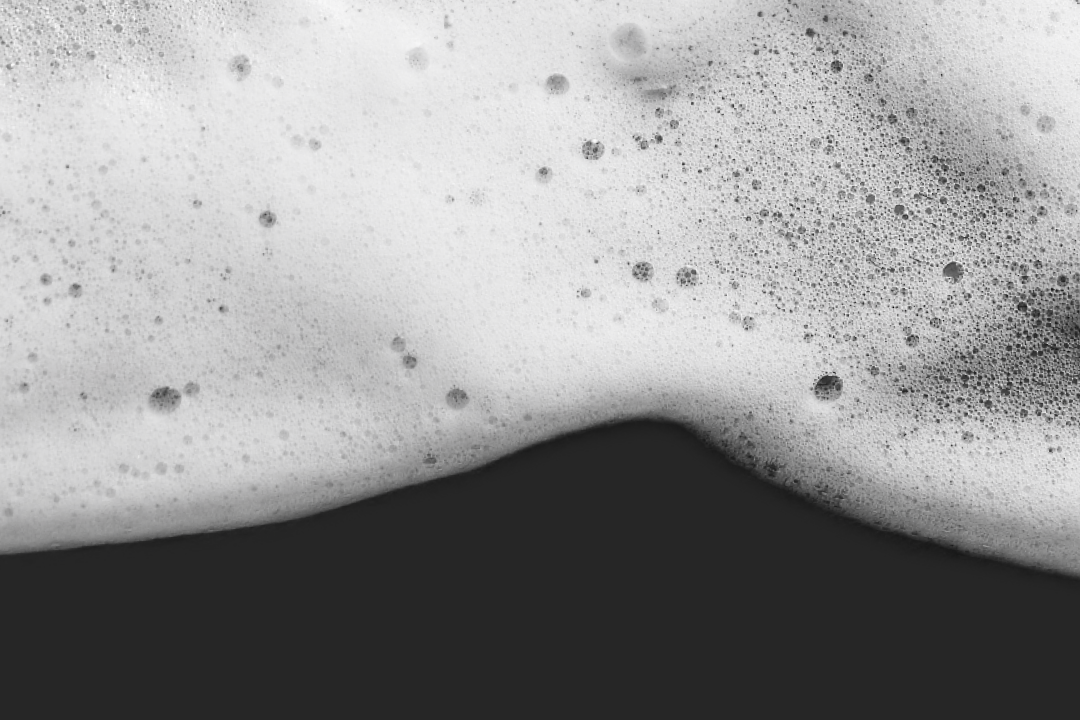WTF (What the Floss) is PLA and Why We Chose It
PLA, short for polylactic acid, is either hailed as the almighty savior from single use plastic packaging or the ultimate greenwashing ploy. We chose to make our floss out of PLA and like all things in the sustainability realm, the truth is nuanced and multi-faceted.
So, what's PLA made of?
PLA is formulated from corn and as long as it's not mixed with petroleum-based plastic (some "corn-based" plastics are actually a blend of corn and petroleum) it's 100% compostable and plant based. Made from carbon-absorbing plants, PLA is also considered carbon neutral, and doesn't emit toxic fumes when incarcerated.
PLA gets a bad rep in the zero waste community because it's usually replacing things that shouldn't be single use in the first place. Things like straws, drink cups, to go clam shells — these items use resources to make something that can be usually easily forgone or swapped out with something reusable.
When it comes to something like dental floss, using "something reusable" isn't an option. Water flossers (electric devices that use pulsating water to expel bacteria from gums) are only recommended as a compliment, not a replacement, to traditional flossing. Reusing floss or using linen or cotton thread can spread bacteria and cause dental issues. The only dentist-approved options for dental floss on the market currently are either made from petroleum-based plastic, silk or PLA.
What about PLA alternatives?
PLA is typically made from GMO corn to produce higher yields which has drawn critiques. However, in the dental floss space the other options are either petroleum-based plastic, which is made from crude oil and will never fully biodegrade. Instead, petroleum-based plastics break down into micro-plastics and contaminate our soil, ground water and oceans.
Silk is a more sustainable option, however it still uses large amounts of insecticides, herbicides and fungicides to produce and is not vegan or cruelty free. Of the three not-so-great choices, we feel very strongly at Bite that PLA is the best option in this case.
How does PLA break down?
PLA is certified Industrial Compostable which is a huge issue as access to industrial composting facilities is lacking, at best. The bright side here, for floss at least, is that multiple studies have shown that small amounts of PLA can and do compost inside of home compost bins.
It’s been proven that small amounts of PLA can be composted successfully in compost bins or piles that reach 111 degrees Fahrenheit. To put things in perspective, to break down normal veggie scraps, a [home compost bin should be around 140 degrees](https://www.permaculture.co.uk/articles/how-to-make-compost-in-4-weeks/), meaning if your compost can handle banana peels and broccoli stems, it should be able to handle the small amount of dental floss used by you and your family.
If you decide to compost our floss at home, we recommend cutting it up into small pieces to help it break down even faster and to ensure it doesn’t blow out and wrap around anything during the composting process.
One final note on the term "plastic free" in relation to PLA and why our floss is rightfully considered plastic-free.
Colloquially, when "plastic" is being discussed (let's be real, hated on) we're talking about petroleum-based plastic and for good reason. As mentioned earlier, petroleum-based plastics are made from crude oil and never fully break down. This type of plastic can be recycled, however, every time it is recycled the quality downgrades and virgin plastic can only be recycled a handful of times before it's downgraded so much it has to be sent to the landfill where it breaks down into micro-plastics, contaminating our oceans, soil and ground water.
When petroleum-based plastic breaks down, it turns into micro-plastics. PLA is made from corn, not oil, and when it breaks down it turns into carbon dioxide and water.
Now before anyone gets all bent out of shape by the word bio-plastic, it’s important to understand the root and the definition of the word.
Plastic comes from the Greek word plastikos, which means to form or mold — think plastic surgery. It’s an adjective used to describe a material’s malleable nature, ie: “plasticity of the mind.”
Scientifically, "plastics are a group of materials, either synthetic or naturally occurring, that may be shaped when soft and then hardened to retain the given shape. Plastics are polymers. A polymer is a substance made of many repeating units." (Source)
By this definition, tree sap (yes sap, as in pulled from a tree), tortoiseshell and cellulose from plants (Source) are all considered to be plastic.
Given how mind-blowingly broad the scientific definition of plastic is, it is misleading, even irresponsible to put a material made from tree sap or corn in the same category as the synthetic petrochemical substance (ie: petroleum-based plastic) that we commonly associate with the word today.
As a matter of fact, lumping “bio-plastics” in with the same petroleum-based plastic we are commonly referring to when we use that word is something that oil companies are all too happy to see happen.
Bio-plastics threaten the oil industry because the more companies that use bio-based plastics as opposed to petroleum-based plastic, the more demand for petrochemicals dwindles.
"Petrochemicals, which accounted for half of the growth in global oil demand last year, are projected to rise to 70% share of growth by 2040, according to BP. In response to growing concerns about plastic waste, BP modeled oil demand under a worldwide ban on single-use plastics — the first time BP has done that. It would roughly cut in half the growth of oil demand over the next two decades."
Big Oil has every incentive to continue to discredit the plastic-free movement and the bio-plastic industry and they have the time, power and money to do so.
Is PLA perfect? Nope, not at all.
Is PLA the best option we have right now for dental floss? Yep, that's why we chose it.
Are we actively looking into options that are better? Yep, PHA is something that's on our radar among other options. However, our teeth need flossin' now, and PLA is the best we have.
The greenest thing you can do when it comes to flossing is of course, to not floss at all (which we definitely don’t recommend as brushing alone only covers 65% of the tooth's surface) so if you're going to floss (and you definitely should floss) the second best option is to use PLA.
We here at Bite are always looking for innovative and sustainable alternatives for the products we use daily in our lives. Sometimes we have something close to a perfect fix (our tablets have very little compromise from a sustainability stand point) and sometimes, the only solution available feels more like the "least bad choice." No matter the solution, we will always be consistent in our reasoning and transparent about the choices we make and why we make them.
Thanks for reading and being part of the plastic-free revolution with us!
Sources:
http://greensxm.com/composting-pla-plastic/
[https://www.permaculture.co.uk/articles/how-to-make-compost-in-4-weeks/]
[https://www.sciencehistory.org/science-of-plastics#:~:text=Definition,made of many repeating units.]
https://www.thoughtco.com/pros-cons-corn-based-plastic-pla-1203953#:~:text=Proponents also tout the use,emit toxic fumes when incinerated.
https://myplasticfreelife.com/2007/07/whats-wrong-with-plastic-anyway/


